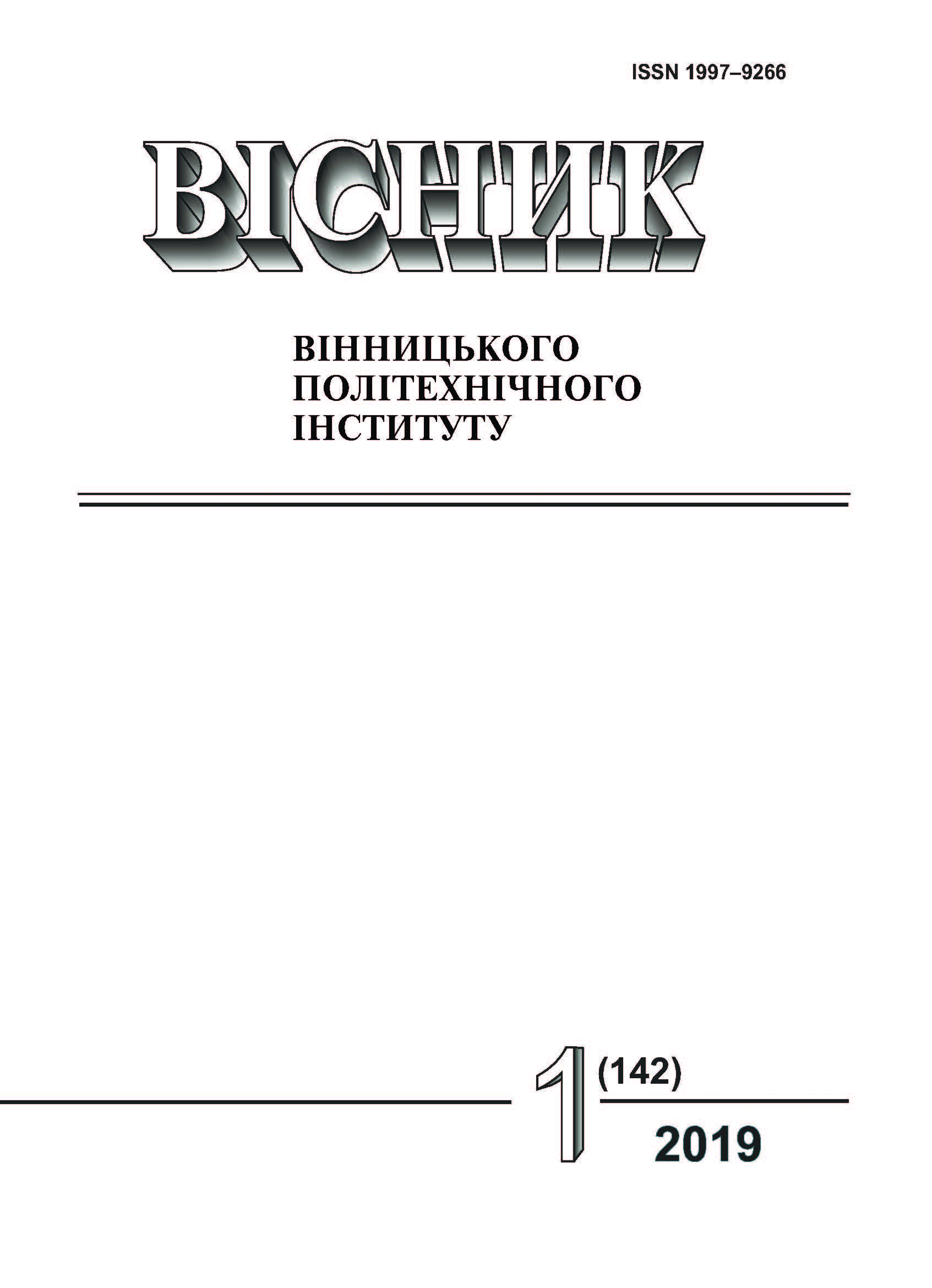Improvements of Mechanical Characteristics of Gray Cast Iron by Heat Treatment and Justification of Its Parameters
DOI:
https://doi.org/10.31649/1997-9266-2019-142-1-72-77Keywords:
gray iron, metal matrix, quenching on bainite, multifactorial experiment, hardness, boundary stress, regression equationAbstract
The article discusses the technology of heat treatment of gray cast irons in order to improve their mechanical characteristics by implementing a bainitic transformation of the metal matrix. It is proposed to use the environmentally safe technology of hardening “in two waters” to start the process of transformation of austenite of a gray cast iron matrix into bainite without using environmentally harmful baths with molten alloys or salts, and further complete or partial isothermal decomposition of austenite in air furnaces. This not only improves the environmental performance of the process, but also significantly reduces the cost of it. The definition of rational parameters of the process of heat treatment of gray cast irons was carried out using the method of planning and implementing a multifactor experiment. The adequacy of the results obtained as a result of measurements with the implementation of parallel experiments was checked using Student's criterion and satisfied the requirements, and also allowed to discard insignificant members of the regression equation. The regression model of the influence of process parameters on the hardness of thermally hardened cast iron was tested using the Fisher criterion, which showed its adequacy. Experimental studies to determine the factors that determine the strength of gray cast iron hardened to bainite made it possible to establish rational temporal parameters of heat treatment. It is shown that the exposure time in the furnace at 850 °C before cooling and the exposure time in the furnace with a temperature of 400 °C in the process of austenite decomposition should be limited to 30 minutes. The implementation of heat treatment technology with certain parameters to improve the quality of casting, mass produced at the plants of the region, allowed to increase the compressive strength of cast iron by 1.5 times, the surface hardness by 2 times, and the brand of cast iron to increase from SCH20 to SCH25—SCH30. At the same time, it was possible to reduce emissions of vapors of salts, metals and other products of the interaction of melts with the atmosphere.
References
В. І. Савуляк, та О. Б. Янченко, Економічні технології високоміцних графітизованих сплавів заліза. Вінниця: ВНТУ, 2014, 160 с.
С. М. Волощенко, К. О. Гогаєв, М. Г. Аскеров, та Ю. М. Подрезов, «Особливості бейнітного високоміцного чавуну з огляду виробництва швидкозношуваних змінних деталей ґрунтообробної сільгосптехніки,» Вісник Вінницького політехнічного інституту, № 4 (133), 2017.
V. I. Savulyak, A. A. Zhukov, T. F. Arhipova, “Cellular precipitation of excessive phase during the start of bainitic transformation,” Бюлетень політехнічного інституту, Яси, № 3, c. 4, 2000.
В. І. Савуляк, и О. Б. Янченко, «Повышение триботехнических свойств чугунов с мелкозернистым компактным графитом бейнитной закалкой,» Проблеми трибології, № 1, с. 135-138, 2012.
С. З. Бокштейн, Строение и свойства металлических сплавов. Москва: Металлургия, 1971, 496 с.
К. Хартман и др., Планирование эксперимента в исследовании технологических процессов. Москва: Мир, 1977. 552с.
В. В. Плешаков, Методы и модели исследования операций. Регрессионное моделирование технологических систем. Москва: МГТУ «Станкин», 1996. 100 с.
Downloads
-
PDF (Українська)
Downloads: 264
Published
How to Cite
Issue
Section
License
Authors who publish with this journal agree to the following terms:
- Authors retain copyright and grant the journal right of first publication.
- Authors are able to enter into separate, additional contractual arrangements for the non-exclusive distribution of the journal's published version of the work (e.g., post it to an institutional repository or publish it in a book), with an acknowledgment of its initial publication in this journal.
- Authors are permitted and encouraged to post their work online (e.g., in institutional repositories or on their website) prior to and during the submission process, as it can lead to productive exchanges, as well as earlier and greater citation of published work (See The Effect of Open Access).





